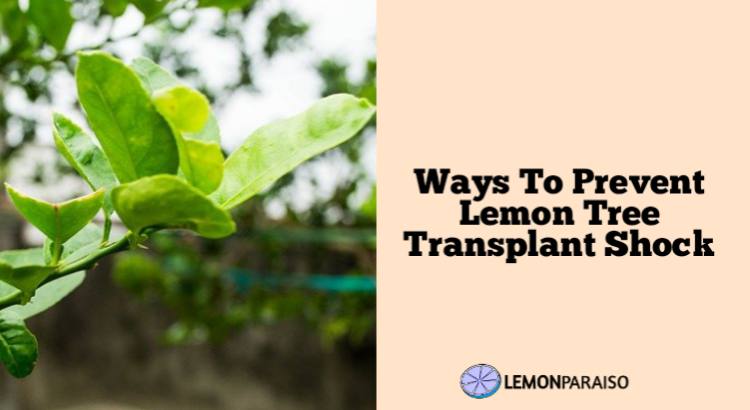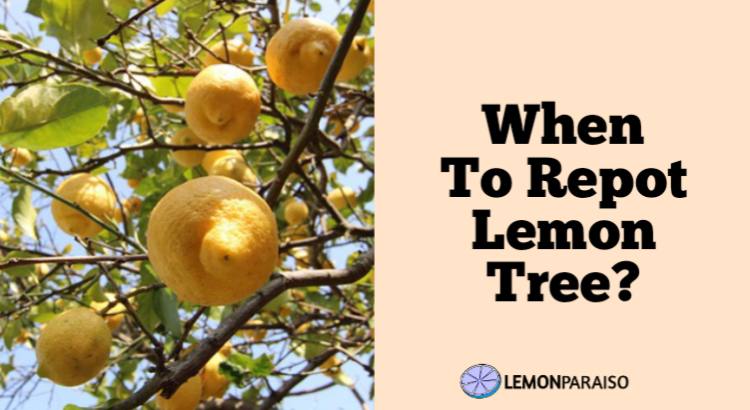Lemon Tree Chlorosis: Causes, Symptoms, Diagnosis, Treatment and Prevention
Lemon tree chlorosis is a common problem that affects the growth and development of lemon trees. The condition can result in yellowing of the leaves, stunted growth, reduced fruit production, and even death of the tree if left untreated.
What Is Lemon Tree Chlorosis?
Lemon tree chlorosis is a plant disorder characterized by the yellowing of the leaves due to a deficiency of essential nutrients, particularly iron. This condition affects the growth and development of the tree and can even lead to its death. It is a common problem in lemon trees, especially those grown in alkaline soils.
What Causes Lemon Tree Chlorosis?
Lemon tree chlorosis is caused by a deficiency of essential nutrients, particularly iron, in the soil. The soil may lack the necessary nutrients due to various reasons, including alkalinity, compactness, and waterlogging.
Other factors such as pests, diseases, and extreme weather conditions can also contribute to the development of chlorosis.
What Are The Symptoms Of Lemon Tree Chlorosis?
The most noticeable symptom of lemon tree chlorosis is the yellowing of the leaves, which usually starts from the tips and progresses towards the base of the leaf.
The veins of the leaves may appear green, while the areas between the veins turn yellow. In severe cases, the leaves may become brown and drop prematurely.
The tree may also have stunted growth, produce fewer fruits, and be more susceptible to pests and diseases.
How Do You Diagnose Lemon Tree Chlorosis?
To diagnose lemon tree chlorosis, you should examine the tree’s leaves and look for the characteristic yellowing pattern. You may also test the soil pH to determine if it is alkaline, which is a common cause of chlorosis.
Additionally, you may perform a foliar analysis to determine the nutrient levels in the leaves and diagnose the specific nutrient deficiency causing the chlorosis.
Can Lemon Tree Chlorosis Be Treated?
Yes, lemon tree chlorosis can be treated through various methods, including soil amendment, foliar application of nutrients, and trunk injection. The treatment method depends on the severity of the condition and the specific nutrient deficiency causing the chlorosis.
What Is The Best Treatment For Lemon Tree Chlorosis?
The best treatment for lemon tree chlorosis depends on the specific nutrient deficiency causing the condition. In most cases, soil amendment with chelated iron or other micronutrients can correct the problem.
Foliar application of nutrients and trunk injection may also be effective treatments, but they are more expensive and require professional assistance.
Can You Prevent Lemon Tree Chlorosis?
Yes, you can prevent lemon tree chlorosis by maintaining proper soil pH, avoiding overwatering or underwatering, providing adequate sunlight and nutrients, and using appropriate fertilizers.
Regular monitoring of the tree’s health and addressing any issues promptly can also help prevent the development of chlorosis.
What Are The Best Fertilizers For Preventing Or Treating Lemon Tree Chlorosis?
The best fertilizers for preventing or treating lemon tree chlorosis are those that contain the essential nutrients, particularly iron, that the tree requires.
Some of the best fertilizers for this purpose are those that are chelated, such as iron sulfate or iron chelate. Organic fertilizers that contain animal or plant-based materials can also be effective.
Can You Use Organic Methods To Prevent Or Treat Lemon Tree Chlorosis?
Yes, organic methods can be used to prevent or treat lemon tree chlorosis. These methods include the use of organic fertilizers, compost, mulch, and other natural soil amendments to improve soil quality and nutrient levels.
Organic pest and disease control methods can also help prevent stress on the tree, which can contribute to chlorosis.
How Often Should You Check For Chlorosis In A Lemon Tree?
It is recommended to check for chlorosis in a lemon tree at least once a year, especially during the growing season. Signs of chlorosis may develop slowly, so regular monitoring can help you catch the problem early and prevent it from becoming severe.
Can Lemon Tree Chlorosis Affect The Fruit Production Of The Tree?
Yes, lemon tree chlorosis can affect the fruit production of the tree. A lack of essential nutrients can weaken the tree, reducing its ability to produce and support healthy fruits. Additionally, the fruit may be smaller or discolored, affecting its market value.
What Are The Ideal Growing Conditions For Lemon Trees To Prevent Chlorosis?
The ideal growing conditions for lemon trees to prevent chlorosis include well-draining soil with a pH between 5.5 and 7.0, adequate sunlight, regular watering, and balanced nutrient levels.
Additionally, avoiding overwatering or underwatering, maintaining good air circulation around the tree, and controlling pests and diseases can help prevent stress on the tree.
How Long Does It Take For A Lemon Tree To Recover From Chlorosis?
The length of time it takes for a lemon tree to recover from chlorosis depends on the severity of the condition and the treatment method used. If the condition is caught early and treated promptly, the tree may start to recover within a few weeks.
However, severe cases may take several months to fully recover, and the tree may require multiple treatments over time to maintain healthy growth.



